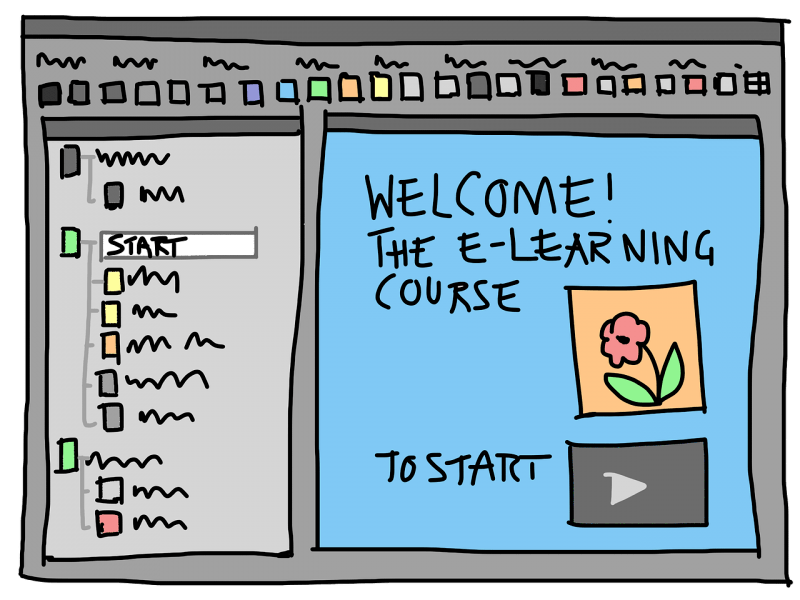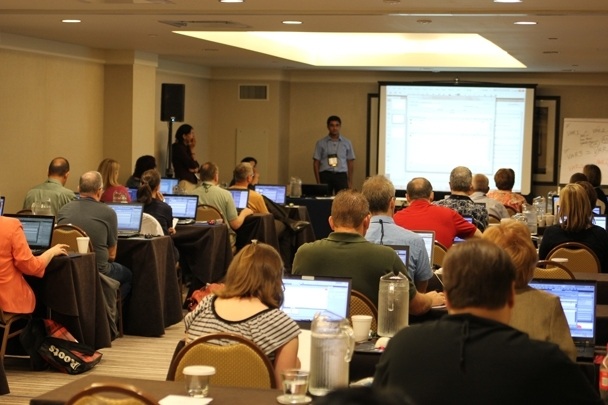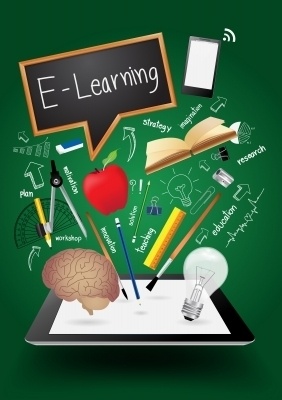January 27, 2018

10 articles
8 topics
8 topics
Posting activity
Latest articles by Michael Higley
Become an author like MichaelMichael Higley
Wall of Recognition

Rising Star

Expert

MasterMind

Thought Leader

Legend

Editors Choice

Specialist

Authority
February 14, 2016
2 Effective Icebreaker Activity Examples
The purpose of this article was to plan and outline 2 thoroughly thought out online literacy icebreaker activity examples, reflecting on the criteria used in the design process, while also providing a rationale for its effectiveness. Appropriately framing a lesson with an icebreaker activity is a useful technique in establishing context in which new learning will take place. The initial experiences students have with any course establish the tone for future tasks. Learner reactions to these icebreaker activity tasks can often indicate quickly those who will be successful and those who may struggle.
January 4, 2016
Proposing A Blended Learning Approach For K12 Education
This article provides a description of how a fictional school system can benefit from implementing blended learning strategies and appropriate technologies in all grade levels. Additionally, specific examples, financial implications, and proposed action steps within the existing technology infrastructure and support will show the potential success integrating a blended learning environment into the current K12 public education program has on improving student achievement.
January 2, 2016
Staffing A K12 Online Course
Staffing responsibilities and hiring expectations for online learning environments vary greatly from that of traditional classroom environments. School leaders, counselors, and district level administrators are beginning to recognize the influence and power technology has on learning. Virtual learning programs have greater flexibility for meeting the needs of individual learners due to the frequent availability of web-based tools and resources. As learning institutions expand education offerings to include online learning components, administrators need to recognize the importance of providing a supporting faculty, who will be able to meet the needs of such a unique learning environment. Therefore, this article aims to address the considerations required to staff a K12 online course.
March 14, 2014
e-Learning: Challenges and Solutions
Information and communication tools (ICT), Web2.0 applications, and the impact these resources are having on education are rapidly creating new challenges for instructor and learners faced with learning online. Teaching and learning in an e-learning environment happens differently than in the traditional classroom and can present new challenges to instructors and learners participating in this online learning environment. There is a need in e-learning to identify the challenges and consider best practice solutions to ensure instructor and learner success in this new learning environment.
October 21, 2013
Creating An e-Learning School Culture
Education is constantly changing the way students learn and how instructors teach. Technology is often the driving force behind many of the world’s changes and innovations. In education, creating an e-learning culture is more about developing and tweaking what already exists, sharing a common vision, and doing things a little differently. The purpose of this article is to identify and outline a strategy for creating an e-learning culture within a school system ready to step away from traditional teaching.
October 15, 2013
Benefits of Synchronous and Asynchronous e-Learning
Online learning environments are becoming more frequent in teaching and learning than ever before (Bonk & Zhang, 2006; Er, Özden, & Arifoglu, 2009; Skylar, 2009). Synchronous and asynchronous learning technologies are the two most common online learning types (Hrastinski, 2008; Er et al., 2009; Simonson, Smaldino, Albright, & Zvacek, 2012). The purpose of this article is to discuss the advantages of using both synchronous and asynchronous technologies in an online learning environment.









